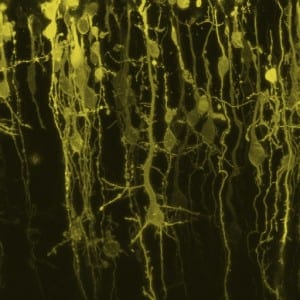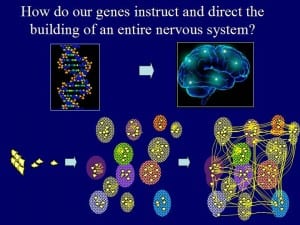My current research interests are aimed at understanding the molecular and genetic determinants of neuronal development and nervous system organization currently combining both experimental and in silico strategies.
I investigate molecular mechanisms governing various aspects of nervous system development, function and complexity. From the cellular level, including axon growth and the size and complexity of dendrites in the developing peripheral and central nervous system, to the large scale detection of transcriptional determinants of complex nervous system-related phenotypes.
More recently, I have started developing alternative strategies, combining a range of comparative and functional genomic approaches, aimed at uncovering and identifying genomic and molecular determinants of neuronal survival during early development as well as brain and behavioural complexity across mammalian lineages. Along these lines, using next generation transcriptional profiling, I am currently conducting a whole transcriptome data mining for detection of wider gene networks involved in post-mitotic cell maintenance in a mouse model of accelerated brain ageing. Using a range of gene co-expression network approaches we are also investigating developmental and transcriptional changes associated with complex behaviours in mammals.
Here is my current staff page
The system we work with: The questions we ask:

We look at the developing and adult nervous system and the existing interactions between large numbers of genes involved in its development and function.

Development of the nervous system is an extraordinarily complex process where Large numbers of different kinds of neurons are generated in discrete locations of the nervous system and axons are guided to their targets where they make specific synaptic connections with other neurons or other cells.
This extraordinarily complex organ is assembled and sculpted through a concerted series of neurodevelopmental events orchestrated by a complex genetic program. .. How does this programme work?

A complex phenotype such as the nervous system is the result of an assembly of molecular and genetic components acting in concert . As a result, genes involved in related cellular responses display coordinated pattern of expression reflecting their functional association. Can we identify underlying cellular functions and mechanisms by examining patterns of associations between specific genes? “Color modules” in this graph represent groups or cluster of highly coordinated genes. Each one of these clusters display a distinct temporal course of activation in the human nervous system.
The questions we ask:

